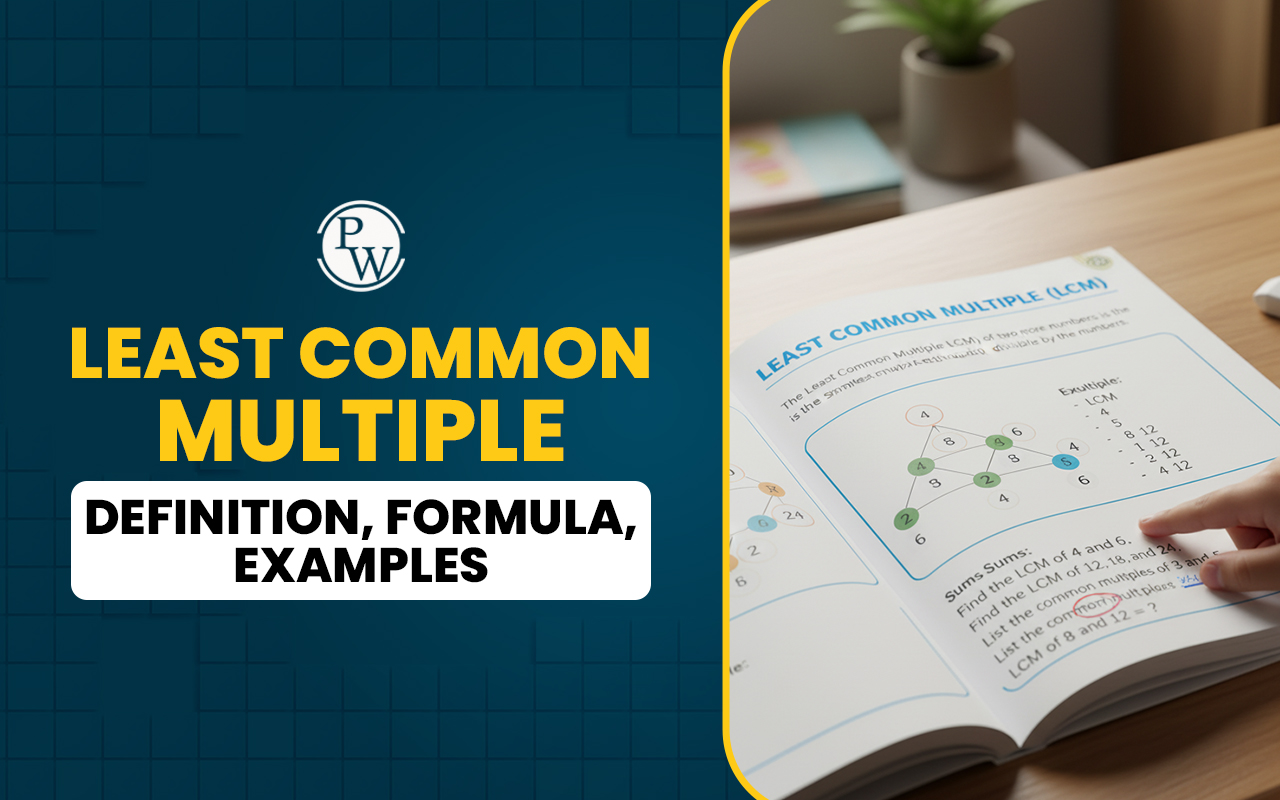
NCERT Solutions for Class 5 Maths Chapter 2
NCERT Solutions for Class 5 Maths Chapter 2: NCERT Solutions for Class 5 Maths Chapter 2 is a helpful guide that explains how to solve problems related to shapes and angles in an easy way.
This chapter teaches about different shapes like circles, triangles, rectangles, and squares. It also explains the concept of angles, including types like right angles, acute angles, and obtuse angles. The solutions provided in this chapter are easy to understand and follow step-by-step, making it easier for students to learn and apply mathematical concepts. By using these solutions, students can improve their understanding of shapes and angles, which is important for building a strong foundation in mathematics. Below, you'll find the answers to Class 5 Maths Chapter 2, which is about "Shapes and Angles." In this chapter, you'll learn about different shapes like circles, triangles, rectangles, and squares. The solutions help you understand things like right angles, acute angles, and obtuse angles. They explain everything step by step so that you can understand it easily. By using these solutions, you can get better at solving geometry problems and understand shapes and angles better.NCERT Solutions for Class 5 Maths Chapter 2 PDF
You can find the solutions to Class 5 Math questions in the PDF linked below, which is titled "NCERT Solutions for Class 5 Maths Chapter 2". This chapter focuses on shapes and angles, covering topics such as circles, triangles, rectangles, and squares. It also discusses various types of angles, including right angles, which are like the corners of a square, and acute angles, which are smaller than right angles. By referring to these solutions, students can enhance their math skills and gain confidence in solving problems related to shapes and angles.NCERT Solutions for Class 5 Maths Chapter 2 PDF
NCERT Solutions for Class 5 Maths Chapter 2 Shapes and Angles Solutions
Below, you'll find the answers to Class 5 Maths Chapter 2, which is about "Shapes and Angles." In this chapter, you'll learn about different shapes like circles, triangles, rectangles, and squares.1. Mohini made this.
Now you give the answers.
(i) Is it a closed shape?
Solution:-
Yes, it is a closed shape.(ii) Does it have 6 sides?
Solution:-
Yes, it has 6 sides. But it is not the same as the one made by Rohini.NCERT Solutions for Class 5 Maths
2. Mohini tried again.
This is what she made.
(i) Is it a closed shape with 6 sides?
Solution:-
Yes, it is a closed shape with 6 sides.(ii) Is it the same as the one made by Rohini?
Solution:-
No, it is not the same as the one made by Rohini.(iii) Is there some way to say in what way these shapes are different?
Solution:-
These shapes are different in angles. 4. Look at the angles marked in these shapes. Can you see the difference? 
Solution:-
By seeing the figure, we can say that each figure has different shapes and different angles.Page: 18
1) Look at the shape and answer. 
(i) The angle marked in colour is the biggest angle.
Solution:-
The angle marked in the black colour is the biggest angle.2.
(a) Are the angles marked with yellow equal?
Solution:-
Yes, the angles marked with yellow are equal.(b) Are the angles marked with green equal?
Solution:-
Yes, the angles marked with green are equal.(c) Are the angles marked with blue equal?
Solution:-
Yes, the angles marked with blue are equal.3. Four different angles are marked in four colours. Can you find other angles which are the same as the one marked in red? Mark them in red do this for other colours.
Solution:- The angles highlighted in yellow are identical to the one highlighted in red. Additionally, any other angles that are equivalent to the red-marked angle are also marked in red on the figure.
4. Look at the angles in the pictures and fill the table.
Solution:-
5. Sukhman made this picture with so many angles.
Use colour pencils to mark.
(i) right angles with black colour.
(ii) angles which are more than a right angle with green.
(iii) angles which are less than a right angle with blue.
Solution:-
6. Draw anything of your choice around the angle shown. Also, write what kind of angle it is. The first one is done.
Solution:-
7. Write 3 names using straight lines and count the angles.
| Name | Number of right angles | Number of angles more than a right angle | Number of angles less than a right angle |
Solution:-
| Name | Number of right angles | Number of angles more than a right angle | Number of angles less than a right angle |
| MEERA | 8 | 3 | 6 |
| REENA | 8 | 2 | 3 |
| BALLAN | 2 | 4 | 4 |
8. 
These are two slides in a park.
(i) Which slide has a larger angle?
Solution:-
The slide on the left of the boy has a larger angle.(ii) Which slide do you think is safer for the little boy? Why?
Solution:-
The slide on the right is safer. Because the slide on the left of the boy is steeper than the other. [video width="1920" height="1080" mp4="https://www.pw.live/exams/wp-content/uploads/2024/05/Fundo-Testimonials-1.mp4"][/video]9. (i) Find out how many angles are there in each of these shapes. Mark them.
Solution:-
(ii) Find out and write your results in the table given.
Solution: 
10. There are many times in a day when the hands of a clock make a right angle. Now you draw some more.
Solution:-
11. Write what kind of angle is made by the hands at these times. Also write the time.
Solution:-
12. Draw the hands of the clock when they make an angle which is less than a right angle. Also write the time.
Solution:-
13. Can you guess how many degrees is the angle which is?
(i) ½ of a right angle .
Solution:-
We know that the right angle is equal to 90 o . Then, ½ of a right angle = ½ × 90 o = 1 × 45 = 45 o(ii) 1/3 of a right angle .
Solution:-
We know that the right angle is equal to 90 o . Then, 1/3 of a right angle = 1/3 × 90 o = 1 × 30 = 30 o(iii) 2 times of a right angle.
Solution:-
We know that the right angle is equal to 90 o . Then, 2 times of a right angle = 2 × 90 o = 180 oBenefits of NCERT Solutions for Class 5 Maths Chapter 2
NCERT Solutions for Class 5 Maths Chapter 2 provide several benefits for students:Concept Clarity: These solutions provide a clear explanation of mathematical concepts covered in the chapter, helping students understand the fundamentals effectively.
Step-by-Step Guidance: Each problem is solved in a step-by-step manner, making it easier for students to follow along and grasp the solution method.
Practice Material: The solutions include a variety of practice questions, enabling students to reinforce their learning and improve their problem-solving skills.
Accuracy: Since the solutions are prepared by subject matter experts, students can rely on them for accurate answers and explanations.
Exam Preparation: By practicing with NCERT Solutions, students can familiarize themselves with the types of questions asked in exams, thus boosting their confidence and performance during assessments.
Self-Assessment: Students can use the solutions to assess their understanding of the chapter by comparing their answers with the provided solutions.
Time Management: By using these solutions, students can learn time-saving techniques and strategies for solving mathematical problems efficiently.
NCERT Solutions for Class 5 Maths Chapter 2 FAQs
Are the solutions easy to understand for Class 5 students?
How can these solutions help students improve their geometry skills?
Do the solutions provide step-by-step explanations?
Are the solutions aligned with the NCERT textbook?
Can students access the solutions in PDF format?












